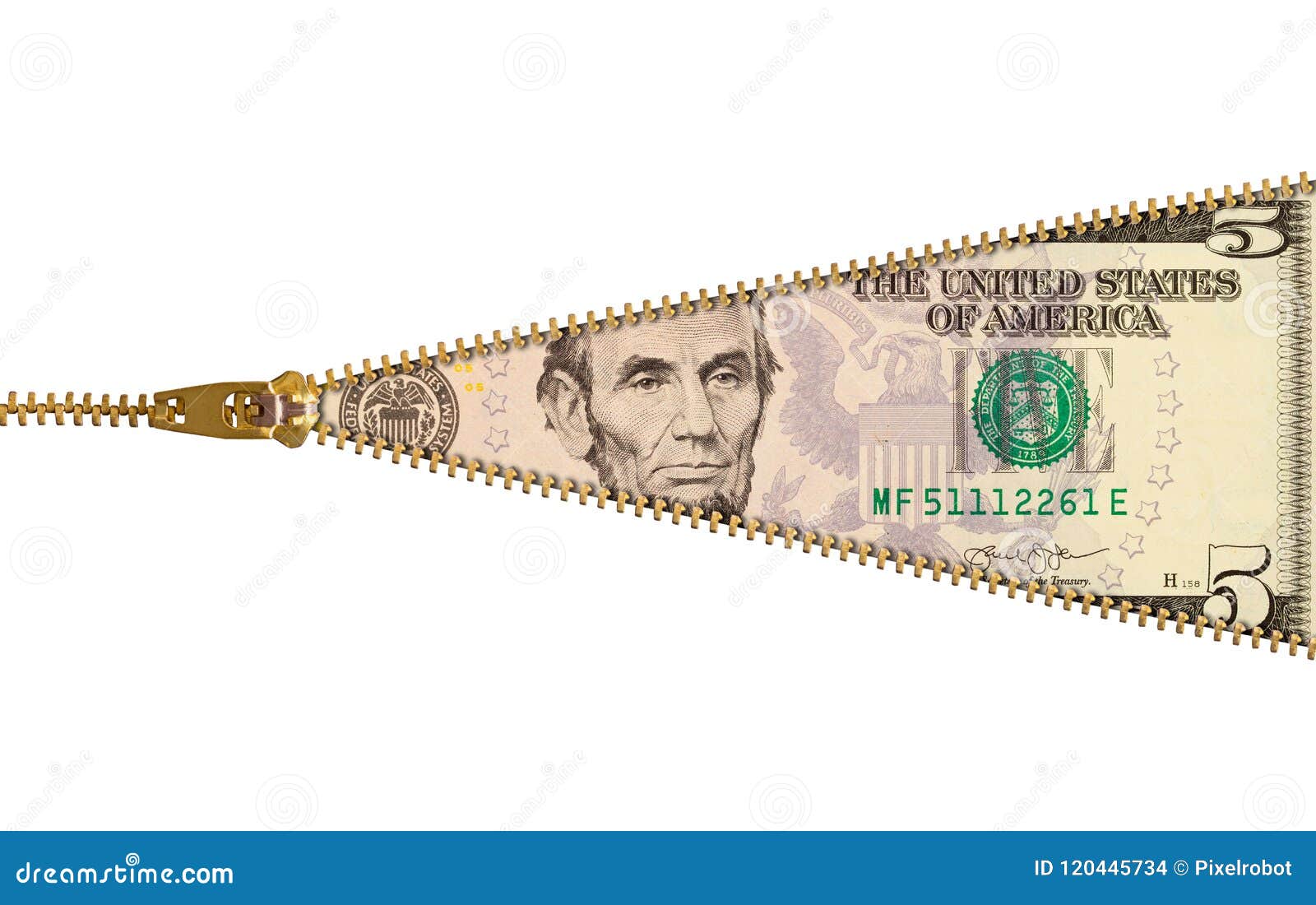


Malaysia: the Malaysian ringgit used to be called the "Malaysian Dollar".Ethiopia: The name "Ethiopian dollar" was used in the English text on the birr banknotes before the Derg takeover in 1974.Confederate States of America: The Confederate States dollar issued from March 1861 to 1865.One Sarawak dollar from 1935, featuring Charles Vyner Brooke, the 3rd and last White Rajah of Sarawak Gulden Netherlands Indonesian rupiah (1969-present now) Tuvaluan dollar along with the Australian dollar New Zealand and its territories and dependencies Namibian dollar along with the South African rand Kiribati dollar along with the Australian dollar Rupee, Real (Spanish/Colonial Spain: Mexican), Chinese cash Newfoundland dollar, 1865 – 1949 in the Dominion of Newfoundland 5.1 Other national currencies called "dollar"Įconomies that use a "dollar" Currency.2 Countries and regions that have previously used a "dollar" currency.1.2 Countries unofficially accepting "dollars".1.1 Other territories that use a "dollar".
DOLLAR IN A ZIPPR ZIP
Note: if you wish to make additional packages with different contents/extension just add a new yaml document to the zippr.yaml file, for example: - output: release # output filename extension: zip # zip or tar exclude: # files to be excluded - "" - output: release2 # output filename extension: tar # zip or tar exclude: # files to be excluded - ". gitignore file)Įxample zippr.yaml file generated by zippr init - output: release # output filename extension: zip # zip or tar exclude: # files to be excluded - ""


exclude - files to be excluded (supports similar syntax to.
DOLLAR IN A ZIPPR ARCHIVE
extension - extension of the archive file (currently supports zip or tar only).output - this will be the filename of the archive to be generated.To see detailed status about the archiving process, run: zippr status See zippr.yaml to learn more about the contents of the file. This will generate a zippr.yaml file in the current directory. To initialized a zippr config, run: zippr init Release|r make a release from the zippr process Status|s summary of all the zippr processes and their contents To learn more about it see usage section. It is designed to work in any of your project and give you maximum control as to which files to include and not. It is a command line tool that will automate archiving process for the packages in your releases. Zippr, a releases archiving automation tool, is built to solve this very problem. Now, this simple task of creating a package to be included in a release becomes a hefty task for us if we're dealing with a lot of files. gitignore, development tools, and all other uneccessary files (that we don't want other people to get their hands with) will be ignored if we make the package. Creating these packages is kinda frustrating since we usually don't include all the files in the repository into it. tar file) that we incorporate with that release. On making a release, there's usually a package (.zip or. Releases archiving automation tool The PROBLEM?


 0 kommentar(er)
0 kommentar(er)
